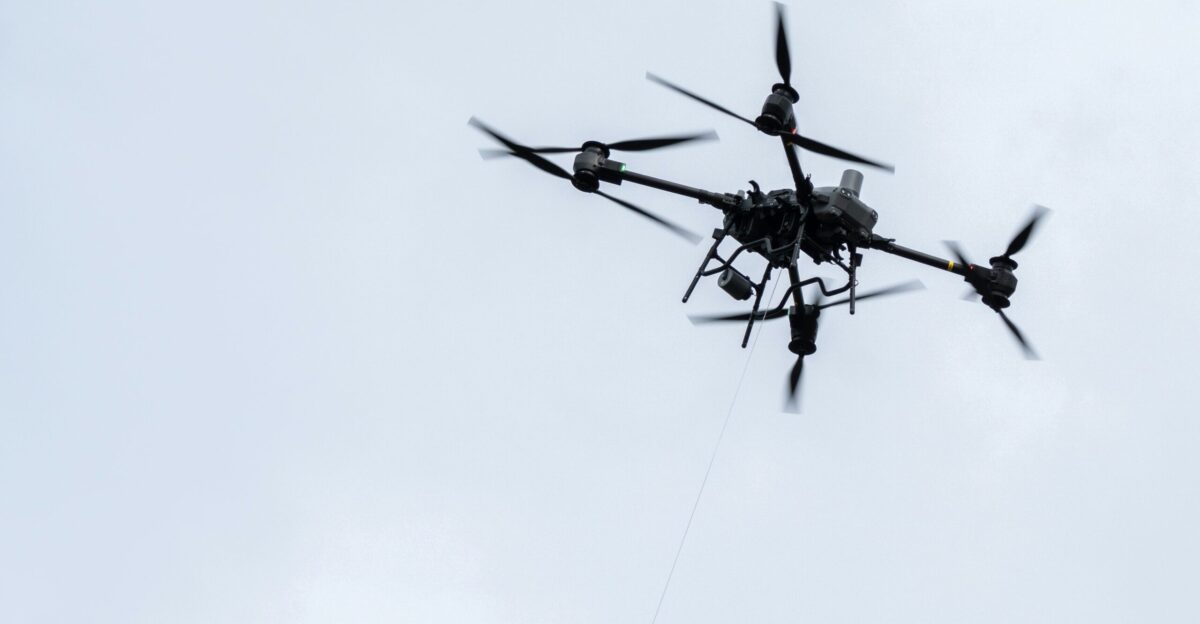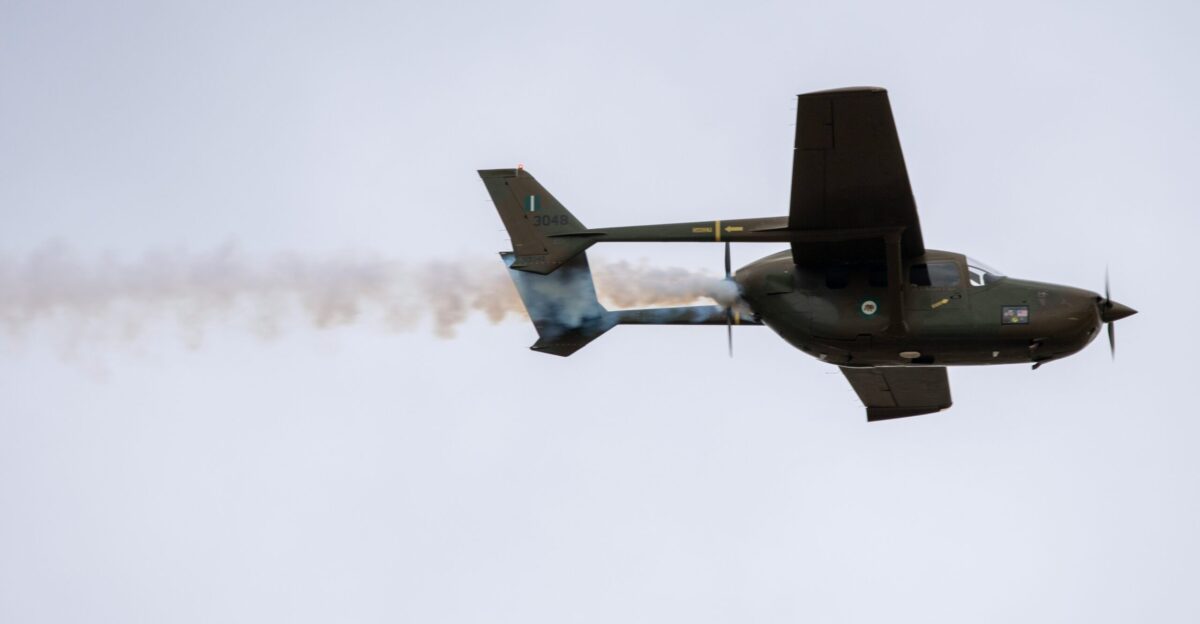
On the morning of November 18, 2025, nearly half a million people in Russian-occupied eastern Ukraine awoke to a blackout. Overnight, coordinated drone strikes had crippled the region’s main power plants, plunging cities like Donetsk, Mariupol, and Horlivka into darkness. The attack, which left 65% of local consumers without electricity, also shut down heating and water treatment systems—an especially dire blow as winter temperatures began to fall. Emergency services, already stretched thin, struggled to respond to the widespread disruption, marking a new escalation in the conflict’s impact on civilian infrastructure.
State of Emergency and Humanitarian Strain
In the aftermath, Denis Pushilin, the Moscow-backed leader of occupied Donetsk, declared a state of emergency. More than 376,000 customers lost power, and essential services ground to a halt. Fourteen hospitals and around 50 schools were affected, while the shutdown of boiler houses left homes and public buildings without heat. Local authorities imposed rolling blackouts and raced to restore basic utilities, but the scale of the crisis exposed the vulnerability of the region’s infrastructure. The blackout deepened the hardship for residents, many of whom have endured years of instability and deprivation.
A Region Shaped by Prolonged Occupation

The cities hit hardest—Donetsk, Makiivka, and Horlivka—have been under Russian control since 2014, following the initial outbreak of conflict in eastern Ukraine. Once home to over 1.5 million people, these areas have seen significant population decline as fighting and occupation forced many to flee. Daily life is governed by Moscow-installed authorities, with Russian-issued documents and currency now standard. The occupation has transformed the region’s social and economic fabric, and the latest attacks serve as a stark reminder of the ongoing challenges faced by those who remain.
Energy Infrastructure: A Strategic Target
For more than a decade, the occupied territories have depended on two Soviet-era thermal power plants: Zuivska and Starobeshivska. The Zuivska plant supplied about a third of the region’s electricity, while Starobeshivska provided additional capacity vital for both civilian and military needs. The plants’ continuous operation had been a lifeline, but also a point of vulnerability. On the night of November 17-18, Ukrainian Unmanned Systems Forces launched a series of drone strikes that severely damaged both facilities. With a combined capacity of 3,500 megawatts, their sudden loss crippled the region’s power grid and revealed the strategic importance—and fragility—of energy infrastructure in modern warfare.
Immediate Fallout and Civilian Response

Within minutes of the strikes, residents reported flickering lights and then total darkness. By early morning, Donetsk was entirely without power, Makiivka suffered partial outages, and Ilovaisk was also plunged into blackout. The loss of electricity quickly cascaded into other crises: heating systems failed, water pressure dropped, and communications faltered. Local media captured scenes of confusion and anxiety as people scrambled for candles and alternative heat sources. The blackout not only disrupted daily routines but also heightened the risks for vulnerable populations, especially as winter set in.
A New Phase in the Conflict

The drone attacks on Donetsk’s power plants mark a significant shift in Ukraine’s military strategy. By targeting critical infrastructure, Ukrainian forces aim to disrupt Russian supply lines and undermine the occupation’s ability to govern. This approach mirrors earlier Russian tactics, which saw repeated strikes on Ukrainian energy systems between 2022 and 2024. Military analysts note that such operations can destabilize control in occupied areas, erode public confidence in local authorities, and increase civilian suffering. The strikes have also drawn international attention, with humanitarian organizations warning of a looming crisis as residents face harsh winter conditions without reliable access to heat, water, or medical care.
Looking Ahead: Uncertain Prospects and Enduring Resilience

As authorities in occupied Donetsk work to restore essential services, the region’s future remains uncertain. The declaration of a state of emergency underscores both the severity of the current crisis and the ongoing risks faced by civilians living in a conflict zone. Community initiatives have emerged to support those most affected, with neighbors sharing resources and makeshift heating solutions. Yet, the blackout has highlighted the precariousness of life under occupation and the profound human costs of infrastructure warfare. As the conflict continues, the fate of Donetsk and its residents will depend not only on military developments but also on the ability of communities to endure—and the willingness of the international community to address the growing humanitarian needs.